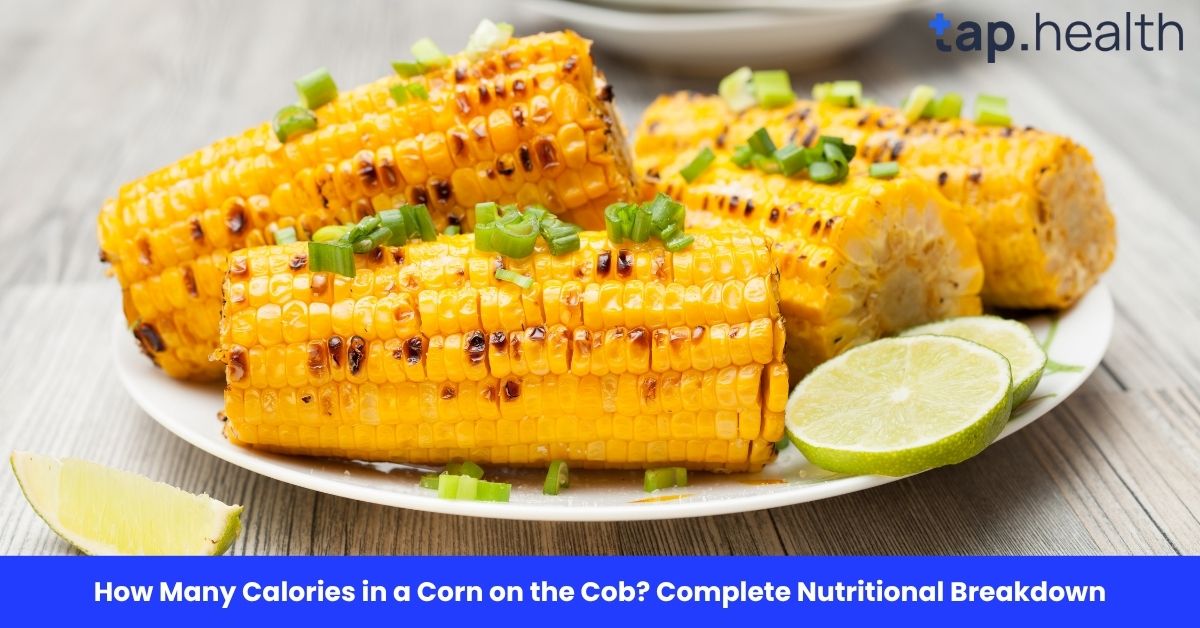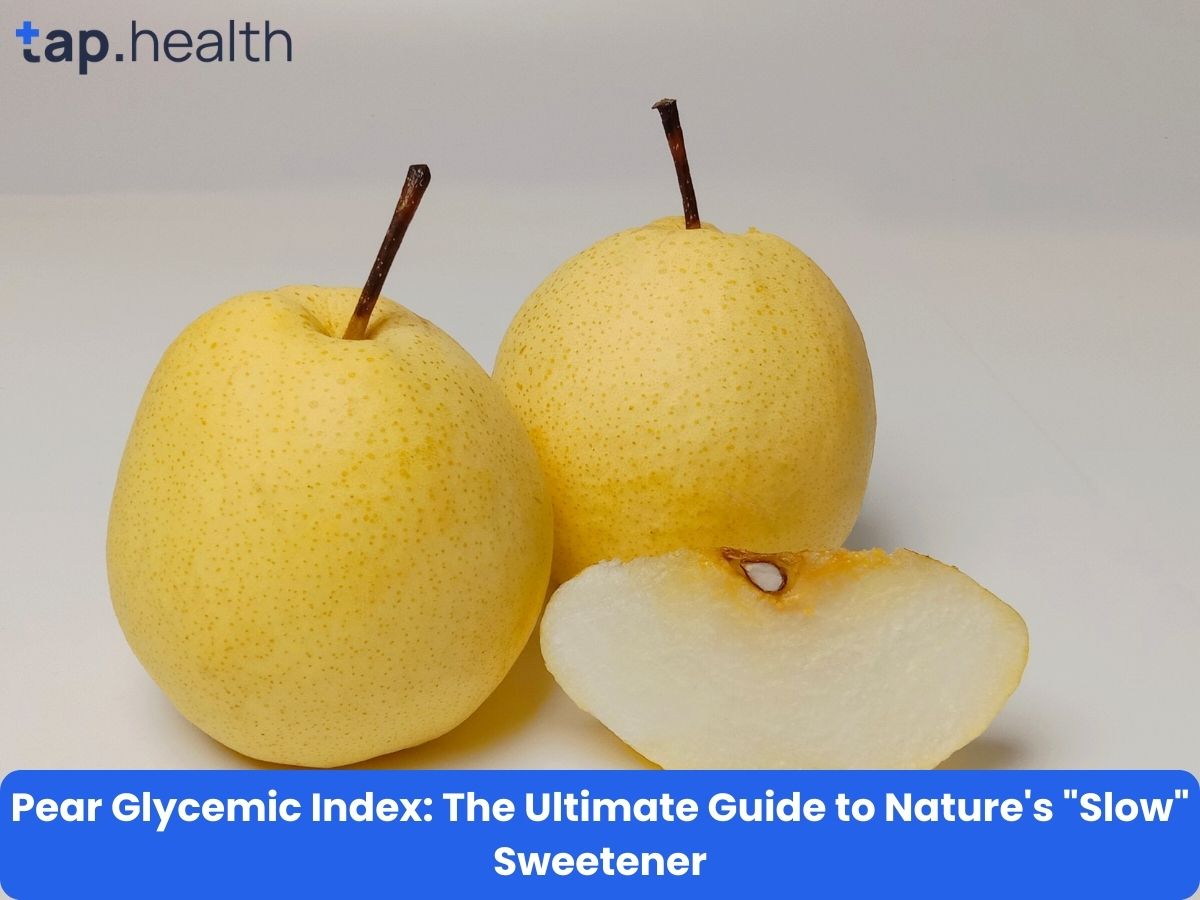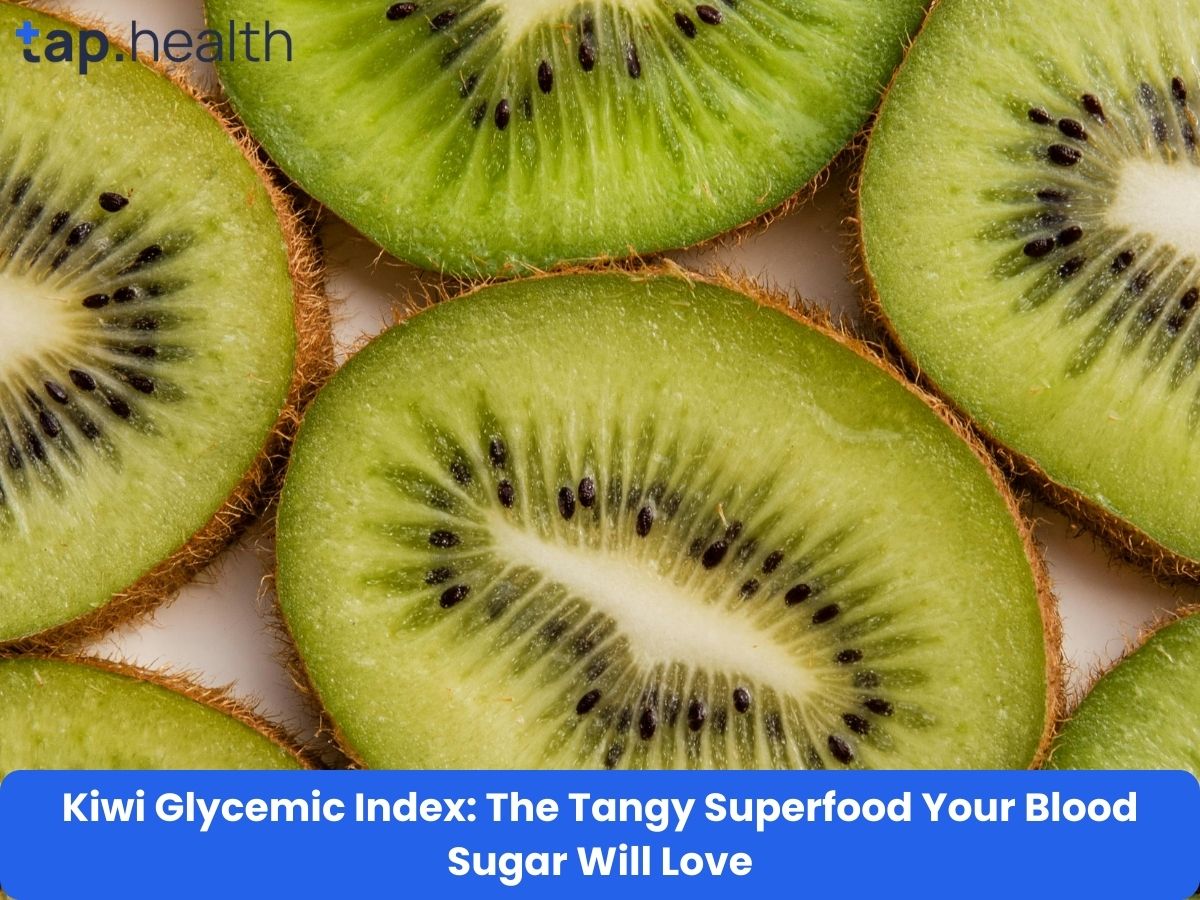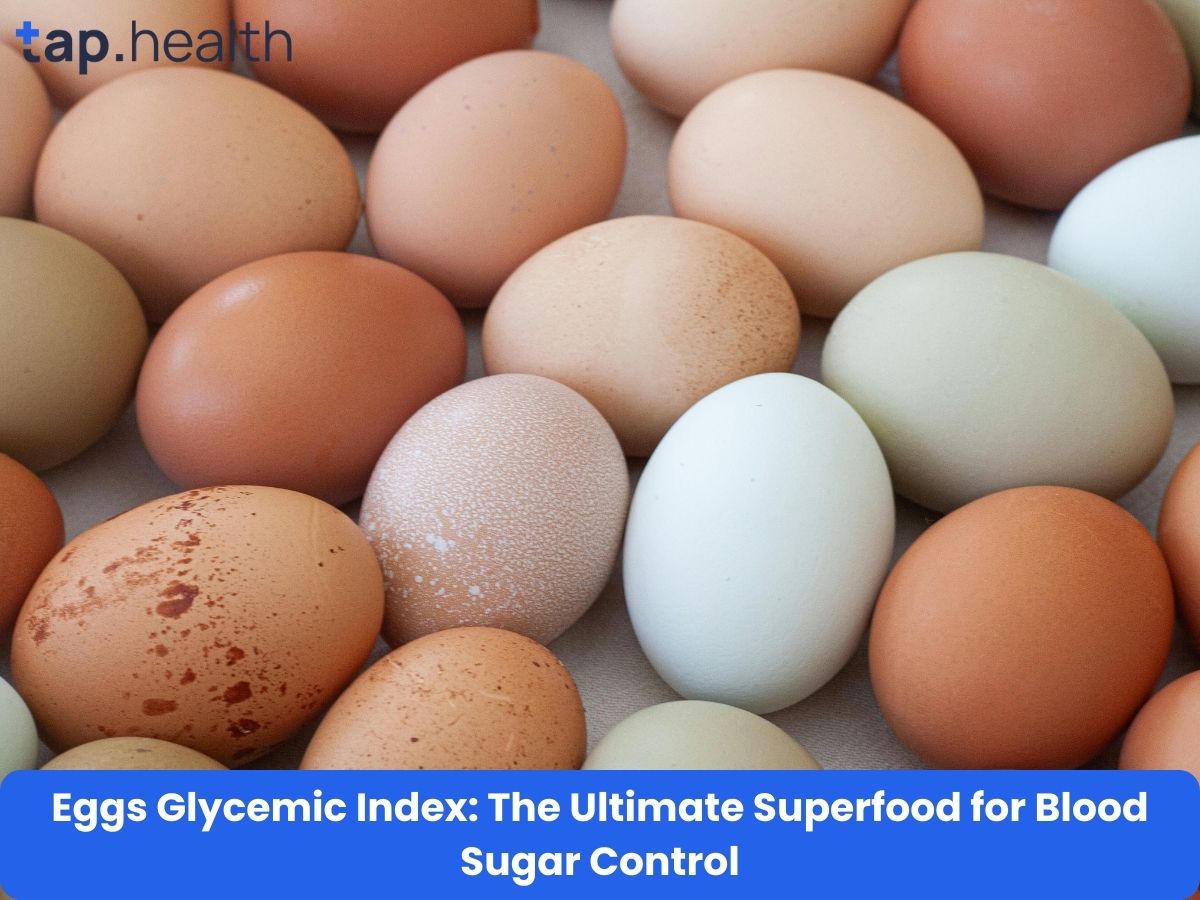Corn on the cob is a popular side dish, especially during the summer months, when it’s grilled or boiled for family gatherings, picnics, and barbecues. It’s a simple and tasty vegetable, but if you’re conscious of your calorie intake, you might be wondering: How many calories are in a corn on the cob?
In this blog post, we’ll dive deep into the calories in corn on the cob, how various cooking methods impact its nutritional content, and the health benefits of adding corn to your diet. We’ll also answer some common questions related to this popular vegetable, helping you understand how it fits into a balanced diet.
Let’s get started!
What Is Corn on the Cob?
Before we dig into the calorie content, let’s define corn on the cob. This refers to the whole ear of corn, with the kernels still attached to the cob. Corn is a cereal grain that grows on tall plants, and the cob is the central part of the ear that holds all the kernels.
There are many ways to enjoy corn on the cob—it can be boiled, grilled, roasted, or even microwaved. While most people remove the kernels from the cob to use in recipes, corn on the cob remains a popular dish in many cultures.
How Many Calories Are in a Corn on the Cob?
The number of calories in a corn on the cob can vary based on the size of the cob and how it is cooked. However, on average, a medium-sized ear of corn (approximately 7-8 inches long) has:
- Calories per ear of corn (medium-sized): 77-100 calories
This estimate is for boiled corn on the cob without added butter or toppings. When prepared without extra fats or oils, corn remains a fairly low-calorie, nutrient-dense food.
It’s important to note that the calorie content can change slightly depending on the size of the ear, as larger cobs will contain more calories. For example:
- Small ear of corn (6-7 inches): Around 70 calories
- Large ear of corn (9-10 inches): Around 120 calories
If you’re counting calories for a specific diet or meal plan, you can adjust the portion size of corn on the cob accordingly to keep your intake in check.
How Does Cooking Method Affect Calorie Content?
The calorie content in corn on the cob can be influenced by how it is cooked. While plain corn is low in calories, additives such as butter, oil, or cheese can increase the calorie count significantly. Let’s explore how different cooking methods impact the calorie content of corn.
1. Boiling Corn on the Cob
Boiling is one of the simplest and healthiest ways to prepare corn. When boiled, corn retains most of its natural nutrients and calories. As mentioned, a medium-sized boiled ear of corn contains around 77-100 calories.
Tip: If you’re watching your calorie intake, it’s best to boil the corn without adding butter or oil. This keeps the calorie content low while maintaining the vegetable’s nutritional benefits.
2. Grilling Corn on the Cob
Grilling corn on the cob is a popular method, especially during summer barbecues. Grilled corn on the cob often has a slightly smoky flavor and is usually served with butter, which adds calories.
- Calories per grilled corn on the cob (without butter): About 100-120 calories
- Calories with butter (1 tablespoon): Adds approximately 35-45 calories
Grilling with butter or oil will increase the total calorie count, so be mindful of the added fats if you are watching your calories.
3. Microwaving Corn on the Cob
Microwaving corn is another convenient option. When prepared without butter, microwave corn is similar in calorie content to boiled corn. A medium ear of corn will have around 77-100 calories. Adding toppings will, of course, increase the calorie content.
4. Roasting Corn on the Cob
Roasting corn, often done in an oven, can enhance its natural sweetness and flavor. Like grilling, roasting often includes the use of oils or butter, which adds calories.
- Calories per roasted corn on the cob (without butter): About 100-120 calories
- Calories with butter or oil: Adds 35-45 calories depending on the amount used.
Nutritional Benefits of Corn on the Cob
While corn on the cob is relatively low in calories, it is packed with several important nutrients. Let’s look at the key nutritional benefits of eating corn:
1. Rich in Fiber
Corn is an excellent source of dietary fiber. A medium ear of corn contains about 2-3 grams of fiber, which can help improve digestion, regulate blood sugar levels, and keep you feeling fuller longer. Fiber is also essential for maintaining a healthy weight and digestive system.
2. High in Carbohydrates
Corn is a carbohydrate-rich food, providing about 20-30 grams of carbs per ear. These complex carbohydrates are a great source of energy, especially for those who need a quick energy boost during physical activity.
3. Packed with Vitamins and Minerals
Corn is a good source of several essential vitamins and minerals, including:
- Vitamin C: This powerful antioxidant boosts the immune system and helps the body absorb iron.
- B Vitamins: Corn contains B1 (thiamine), B3 (niacin), and B5 (pantothenic acid), which support energy production, brain function, and the nervous system.
- Magnesium: Important for muscle function, nerve function, and bone health.
- Potassium: This mineral helps regulate blood pressure and supports heart health.
4. Antioxidants
Corn also contains antioxidants like lutein and zeaxanthin, which are beneficial for eye health. These antioxidants help reduce the risk of age-related eye diseases, such as macular degeneration.
How Can You Make Corn on the Cob Healthier?
If you’re looking to make corn on the cob even healthier, here are a few simple tips:
1. Skip the Butter
While butter and oil add flavor, they also add extra calories. Instead, try seasoning your corn with herbs (like cilantro, basil, or parsley) or spices (such as chili powder, paprika, or cumin). You can also use a squeeze of lime or a sprinkle of sea salt for flavor without adding extra calories.
2. Grill or Roast with Minimal Oil
If you’re grilling or roasting corn, try to minimize the amount of oil or butter you use. Opt for a light brushing of olive oil instead of smothering the corn, or use a non-stick spray to reduce calorie intake.
3. Serve with Healthy Toppings
If you enjoy adding toppings to your corn on the cob, consider using Greek yogurt or low-fat cheese as healthier alternatives to heavy butter or mayonnaise.
Real-Life Scenario
Imagine you’re at a summer barbecue — you grab a grilled corn on the cob with a little butter and salt. This small addition adds about 35–50 extra calories per serving. By skipping the butter or using a low-fat alternative, you can keep your snack nutritious and light.
Expert Contribution
Nutrition experts often highlight that corn is a complex carbohydrate—it provides steady energy without sudden blood sugar spikes when eaten in moderation.
Dietitians also recommend pairing corn with protein or healthy fats (like grilled chicken or avocado) to make a balanced meal that supports satiety and blood sugar balance.
Recommendations Grounded in Proven Research and Facts
- Portion Control: One medium ear is a healthy serving size.
- Cooking Methods Matter: Boiling or steaming retains nutrients better than deep-frying or butter roasting.
- Add Fiber & Protein: Combine with beans, eggs, or lean meats for improved nutrition.
- Evidence: Research from the Journal of Nutrition and Metabolism shows that whole corn provides valuable fiber and antioxidants that support digestion and heart health.
Frequently Asked Questions (FAQ) on How Many Calories in a Corn on the Cob? Complete Breakdown
1. How many calories are in a corn on the cob?
On average, a medium-sized ear of corn on the cob contains around 77-100 calories, depending on its size and how it’s prepared.
2. How many calories in a grilled corn on the cob with butter?
A grilled ear of corn with butter typically contains around 120-150 calories, depending on the amount of butter used. One tablespoon of butter adds about 35-45 calories.
3. Is corn on the cob a healthy food choice?
Yes, corn on the cob is a healthy food choice. It’s low in calories and rich in fiber, vitamins, minerals, and antioxidants, making it a nutritious option to include in a balanced diet.
4. Can corn on the cob help with weight loss?
Corn on the cob is a relatively low-calorie food when eaten without heavy toppings. The fiber content helps with digestion and satiety, which can support weight loss goals if consumed in moderation as part of a balanced diet.
5. How can I make my corn on the cob healthier?
To make corn on the cob healthier, avoid adding excessive butter or oil. Instead, try seasoning with herbs, spices, or a squeeze of citrus for added flavor. You can also use Greek yogurt or low-fat cheese as toppings for a lighter option.
In conclusion, corn on the cob is a tasty and nutritious food that offers a good balance of calories, fiber, vitamins, and minerals. Whether you’re boiling, grilling, or roasting it, corn makes for a healthy side dish or snack when enjoyed in moderation. By making smart choices about toppings and preparation, you can enjoy corn without worrying about excess calories!



